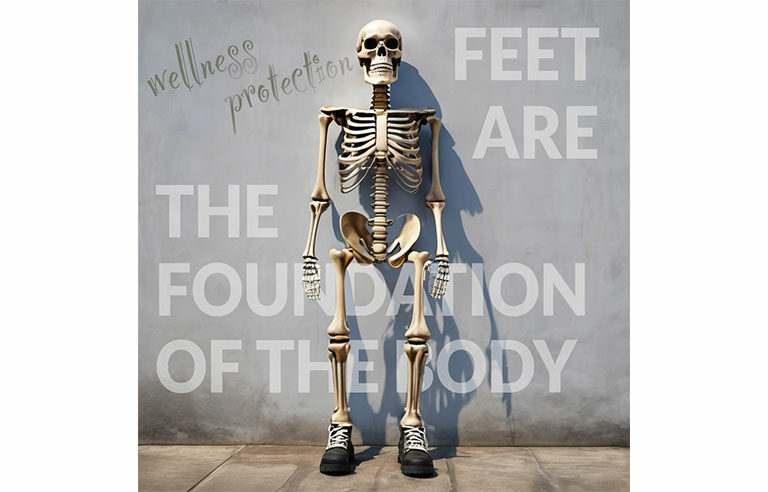The ergonomics of foot protection
How does safety footwear protect from back pain and injury?

Responding is Janelle Kinnaird, director of marketing, Lehigh CustomFit, Nelsonville, OH.
We all know the goal of safety footwear is to protect from incidental injury – from the toe-crushing pallet jack wheel, foot-fracturing dropped heavy object, or sole-puncturing piece of scrap metal or glass. But if work shoes don’t fit properly, the physical consequences compounded every day in the whole body could supersede that protection.
Back injuries account for 1 out of 5 workplace injuries or illnesses and are a leading cause of days away from work. More than 1 million workers suffer back injuries each year. A quarter of all workers’ compensation claims involve back injuries.
Feet are the foundation of the body. Misalignment from the ground up and incorrect distribution of body weight can cause excessive stress on joints in the back, spine and legs, leading to fatigue, chronic pain and debilitating injury. Feet can fall out of their healthy neutral position for various reasons – weak ankles, fallen or low arches, torn tendons or ligaments, arthritis, and ill-fitting footwear.
The great news is that properly fitted work boots can prevent and help protect against chronic back pain, and even help compensate for other factors that lead to back injury such as heavy lifting and repetitive movements. When wearing accurate fitting supportive shoes that maintain proper body alignment, reduce stress on joints and provide proper stability, the body is less likely to perform an incorrect lift or notice the repetition as stressful.
Getting the right fit can be tricky. Selection is key. All brands are built differently, constructed on different lasts. So, the more options workers can choose from, the more likely they’ll find their perfect fit.
In addition to a proper fit, work boots can be specifically constructed with elements that help relieve and prevent back pain. They include a shank for extra arch support, foam midsoles to absorb body-weight impact and shock, heel lock stabilizers to help maintain alignment, and premium insoles for cushioned constructive support. However, it’s important to note that when a shoe fits incorrectly, all of these elements will be ill-positioned and ineffective. Wear a half size too large to accommodate for a wide foot and the incorrectly placed arch support could do more harm than good.
On that note, women should never wear footwear designed for men. Women’s feet aren’t simply smaller versions of men’s feet. They’re traditionally narrower, have a higher arch and shallower big toe, and are wider at the forefoot and more slender at the ankle and heel. Employers can save female workers from back pain by providing them with work boots built specifically for them.
Access to innovative foot measuring, such as 3D scanners, will help identify existing issues and devise recommendations for footwear that address those issues and reduce and prevent back pain.
Employee safety goes beyond the potential incident on Day 267 to wellness protection every day – from Day 1 through Day 267 and beyond. With the National Association for Environmental Management moving toward setting higher safety standards for total worker health and wellness, employers are encouraged to offer protection beyond compliance. Ensuring workers get a properly fitted pair of work boots to avoid chronic back pain and injury will do just that.
Editor's note: This article represents the independent views of the author and should not be considered a National Safety Council endorsement.
Post a comment to this article
Safety+Health welcomes comments that promote respectful dialogue. Please stay on topic. Comments that contain personal attacks, profanity or abusive language – or those aggressively promoting products or services – will be removed. We reserve the right to determine which comments violate our comment policy. (Anonymous comments are welcome; merely skip the “name” field in the comment box. An email address is required but will not be included with your comment.)

